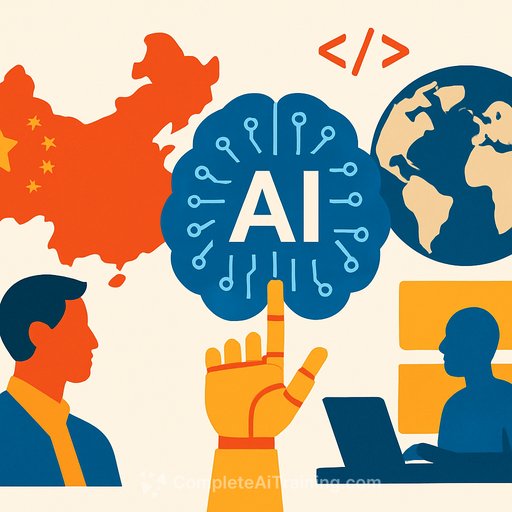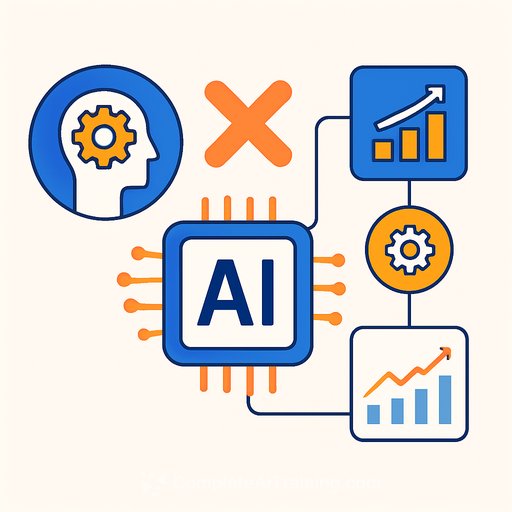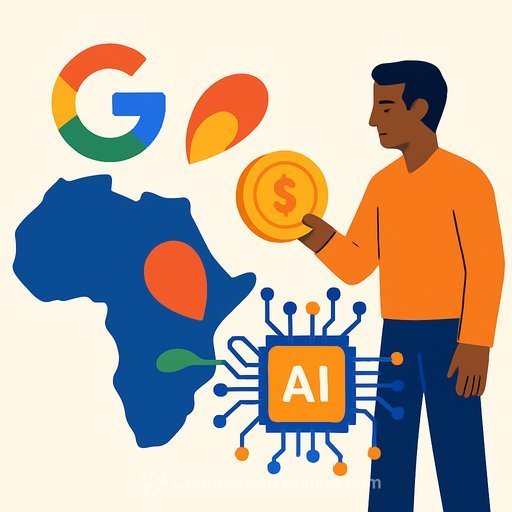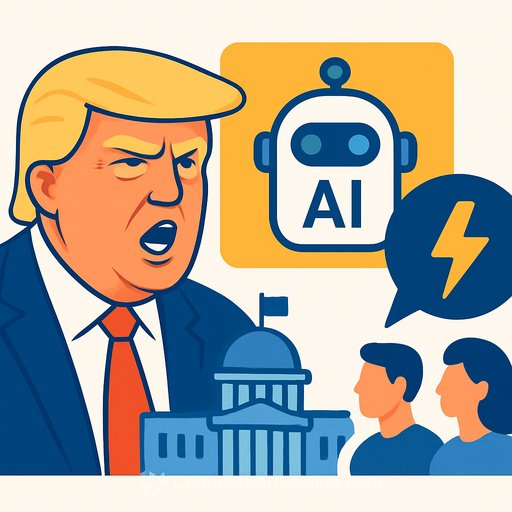China’s Open Source AI Trajectory: What to Expect Next
China is intensifying its focus on building an open AI ecosystem that could reshape the global landscape. Recent developments suggest that the dominance of Chinese AI models this summer—from Qwen to DeepSeek—may be just the beginning of a wider lead in open AI models over the U.S. and other competitors.
Historically, AI wasn’t a top priority for the Chinese government. Early open-source AI strategies were largely driven by companies aiming to catch up with American tech giants and capture market share quickly. However, the landscape is shifting as the government moves to formalize and expand its role in AI development.
Why Open Models Matter in China and Beyond
Many companies worldwide, including startups in the U.S., are now starting with open AI models for both practical and philosophical reasons—even when proprietary APIs are easier to access. There’s a growing trend of American startups adopting Chinese open-source models, reflecting their cost-effectiveness and flexibility.
This trend is echoed by investors who see the strategic advantage in open AI models. For example, a notable venture capitalist estimated that around 80% of his portfolio companies use Chinese open-source AI models.
Government Strategy and Local Competition
China’s centralized government has the power to push AI development aggressively, similar to how it built out physical infrastructure over the past decades. Local officials may compete to lead in AI innovation, turning the AI sector into a new benchmark of economic and technological prowess.
However, it remains uncertain whether top-down directives will translate effectively into leading AI models and digital systems. The government’s warnings about “disorderly competition” suggest a preference for open models that reduce redundant training costs, encourage ecosystem-wide collaboration, and avoid unsustainable business practices.
Emerging Trends in China’s AI Ecosystem
- Forced adoption of domestic AI chips alongside continued use of Western hardware in the short term.
- Increased specialization of open models targeting niche applications like video generation and robotic control.
- Expanded Chinese influence on international AI research and open-source collaboration.
While hardware development, such as China’s efforts to produce AI chips, will take longer to mature, open-source model strategies are advancing rapidly. The combination of these efforts could position China as a leader in multiple AI domains, including self-driving vehicles and robotics.
Policy Signals and Official Support
China’s “AI+” plan, approved in mid-2025, aligns closely with recent U.S. AI initiatives focusing on open models. It sets clear goals for supporting open-source AI at various performance levels, funding mechanisms, and cloud infrastructure to encourage collaboration.
Key targets from Beijing’s city plan include:
- Delivering 5 world-leading benchmark AI application projects by the end of 2025.
- Organizing 10 national demonstration projects and promoting commercial applications.
- Developing several advanced, “autonomous and controllable” base models and hundreds of industry-specific AI products.
- Establishing Beijing as a global AI innovation hub.
Chinese leadership has openly pledged support for open-source models and investments in AI hardware and data infrastructure, signaling a strong commitment to this path.
Industry Sentiment and International Engagement
Chinese AI companies show pride in their open-source contributions and actively engage with global AI communities. Independent rankings and news outlets in China highlight the growing quality and impact of their AI labs.
Conversations with Chinese AI researchers reveal a strong drive to build cutting-edge technology, even amidst geopolitical tensions and export controls. While many still view working at top U.S. AI labs as desirable, patriotic motivation and government backing are fueling local innovation.
Challenges and Uncertainties Ahead
Predicting China’s AI trajectory is complex. Key questions include:
- Will China convert its energy and infrastructure advantages into greater AI compute capacity?
- How quickly can domestic AI chip development replace reliance on Western hardware?
- Can China’s talent and strategic approach push frontier AI performance forward?
Interest in projects like DeepSeek using Huawei chips highlights the ongoing experimentation with domestic hardware, though most leading models will likely continue using Nvidia and other Western chips for now.
Implications for the Global AI Landscape
If current trends continue, Chinese open AI models could widen their lead in both performance and adoption throughout 2026 and beyond. This may result in startups worldwide building on stronger Chinese models, challenging established companies hesitant to adopt newer technologies.
The density and openness of the Chinese AI ecosystem may also lead to increased scientific output and innovation. China’s growing share of conference papers at top AI venues reflects this momentum.
Strong open-source models enable more advanced research in reinforcement learning and autonomous agents, suggesting the scope of AI applications will only expand. This widespread availability of powerful AI tools will make controlling access or limiting releases increasingly impractical.
Rethinking AI Governance
Governments around the world may need to shift their regulatory focus from controlling frontier AI development to managing a global environment where powerful AI is widely accessible. Open AI models have moved from being a soft influence to a direct source of technological and economic power.
This shift means the impact of open-source AI—particularly from China—will be felt across technology interfaces, services, and industries worldwide.
Conclusion
China’s open-source AI strategy is maturing into a significant force with potential long-term effects on global AI innovation and competition. The coming years may see this ecosystem’s influence grow as China leverages government support, local competition, and international collaboration to push the boundaries of open AI models.
For professionals and developers, staying informed about these developments is essential to understand where AI capabilities and opportunities are heading.
To explore practical skills and training related to AI models and development, check out Complete AI Training’s latest courses.
Your membership also unlocks:






